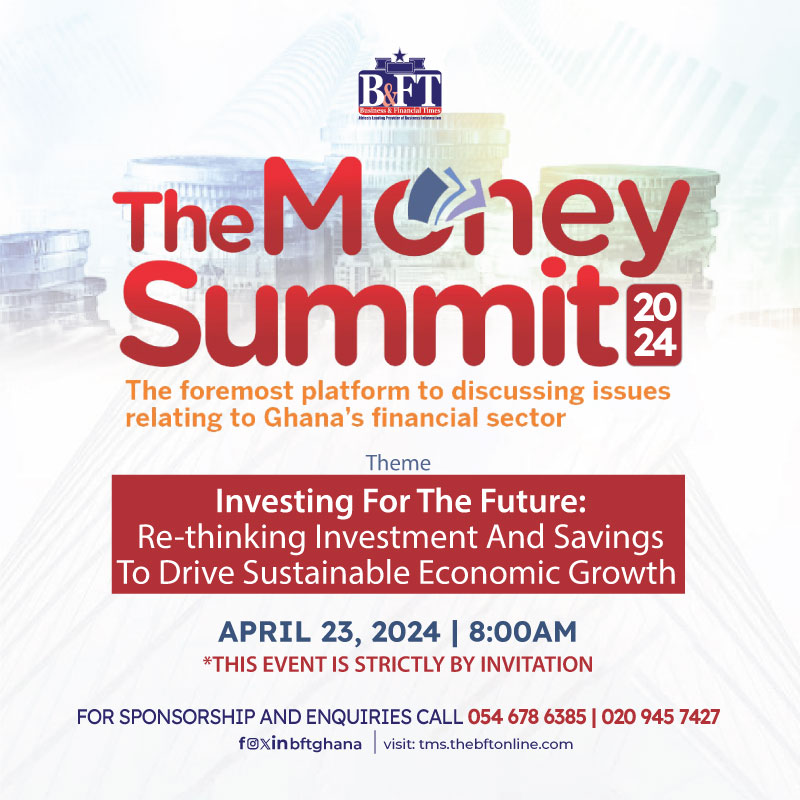Government is to issue a GH¢6billion bond to clear the remaining energy sector debt in March, 2018, Energy Minister Boakye Agyarko has confirmed.
“We will come back to market in March [to raise] the balance of GH 6billion,” said Mr. Agyarko, who has consistently maintained that the half-decade of power rationing that led to the collapse of many an industry was purely a financial issue.
The proposed new bond issuance follows a similar exercise undertaken last year, as government sought to clear the huge debts on the books of various state-owned utilities and stabilise a banking sector that was under stress from non-performing loans advanced to utility companies.
After a year in office, the Akufo-Addo-led government has reduced the legacy debt in the energy sector by about 50 percent – having raised US$2.4billion from the 7-year and 10-year cedi-denominated bonds issued last year.
This has helped to greatly improve the liquidity of banks and balance sheets of state-owned enterprises in the energy sector.
A downward review of power tariff for industry, in line with government’s industrialisation drive which has the ‘One District, One Factory’ project at its core, has also been announced.
“An Industrial Development Tariff has been approved for industry to enhance its competitiveness. A new rate of US$6.50 per Million British Thermal Units (MMBtu), as against the previous rate US$8.84 per Million British Thermal Units (MMBtu) has been established – representing a 26.5% reduction,” President Nana Addo Dankwa Akufo-Addo said last week when he met selected journalists at the seat of government – the Flagstaff House.
Diversification of power mix
The country’s current electricity demand is about 2,533MW. The largest power producer-VRA, and other Independent Power Producers (IPPs) together have an installed capacity of about 3, 644MW.
But with a growing electricity demand of about 10 percent per annum, access to cheap power remains a long-standing concern of businesses that are yet to fully recover from the shocks of the half-decade long erratic power supply.
However, constraints on fuel sources for power generation — crude oil, gas and water for hydro power generation — have necessitated the need for exploring cost-effective, reliable, and clean energy sources.
Given the current gas demand of about 450Mscf per day, indigenous gas and limited supply from the West Africa Gas Pipeline are unable to meet demand.
With the coming onstream of more oil and gas fields, the volume of indigenous gas is expected to increase in the medium-term. Available indigenous gas is, however, expected to run out by 2036, according to energy experts.
The Energy Ministry has therefore moved to ensure the country diversifies its power mix by targeting 300MW of solar by 2020.
The Bui Power Authority (BPA), in this regard, has expanded its switchyard at the Bui Generation Station (GS) to accommodate 250MW of solar-generated power.
Proposed new tariff reductions
President Akufo-Addo also recently announced proposals to reduce electricity tariffs by 18% (barbers), 15.7% (hairdressers and beauticians) and 9.8% (tailors) respectively. It is however unclear how government plans to finance such reductions, and how the meters are going to be differentiated.
Banks cautioned
Emmanuel Akrong, a credit consultant, has told the B&FT that banks must be very cautious in lending to highly-indebted utilities going forward.
“Poor credit decisions” by commercial banks, he argues, contributed a lot to build-up of the debt, since the banks ignored the poor financial state of state-owned enterprises and lack of any “explicit guarantees” from government and went ahead to advance the credit to the VRA, ECG, GRIDCo, TOR and NEDCO.
“While I understand some of the reasons that led to this situation, I have pointed out on several occasions that I am not advocating banks should not lend to energy-sector SOEs.
“However, banks should lend to such entities in a responsible way by following good credit practices and not put the bank itself at risk – such as exceeding single obligator limits and ending up putting innocent civilians in the situation of paying for avoidable levies,” he said.











